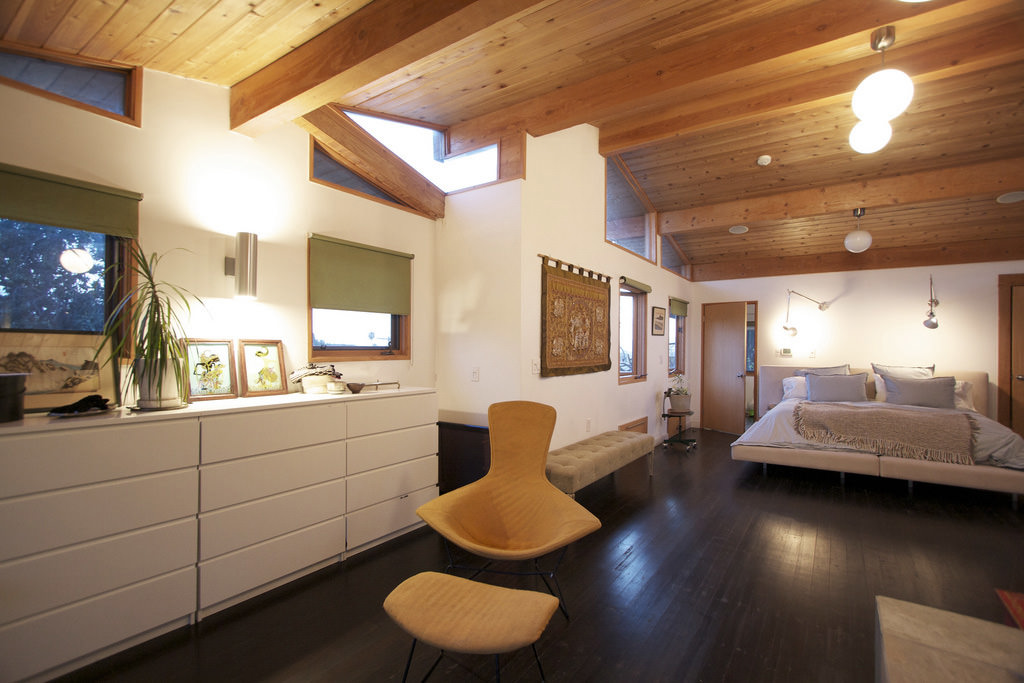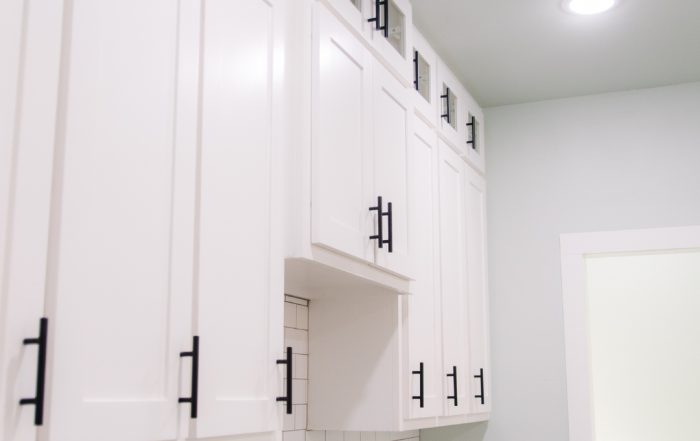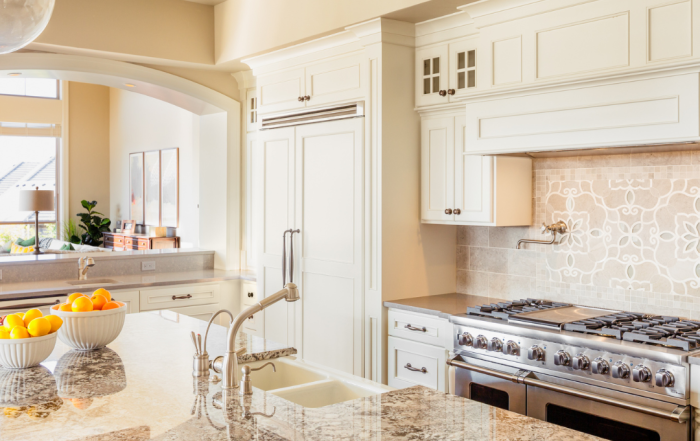Southwest home builders are no strangers to stucco.
In fact, stucco is the most common exterior material featured in Arizona homes, and with good reason. The desert climate, with its scorching summers and rainy monsoon season, demands a material that holds up well against heat and moisture, and stucco fits the bill.
What is stucco?
Stucco is a type of plaster that has been around, in some form or another, for centuries.
Buildings in ancient Greece were often made of stucco for the same reasons builders today love the material—mainly its durability and weather resistance.
Back then, it was typically a mixture of sand, water and lime, but most modern one-coat stucco today uses Portland cement, sand, fibers and other materials applied over lath (metal wire) and foam board to ensure a flexible and highly efficient system.
As exterior materials go, stucco is cost effective and requires very little maintenance over time if installed correctly.
It is also resistant to fire, mold and insects—which, considering the prevalence of termites here in the desert, is another reason it is so popular among Arizona builders and home buyers.
Out with the old and in with the new.
Following the 1970s energy crisis, which ushered in new requirements for exterior wall R-values, one-coat stucco became a popular option among home builders.
The one-coat system meets the higher R-value requirements, plus it involves less installation and curing time than a traditional three-coat system.
Somewhat of a misnomer, one-coat stucco actually consists of two coats: a base coat (which combines the scratch and brown coats of a three-coat system) and a finish coat.
Successful one-coat stucco installation means avoiding a few common mistakes, starting with your weather-resistive barrier (WRB).
In a one-coat system, foam board covers the WRB. The lath is then fastened to the foam board. However, this makes it difficult for the installer to see and seal any holes at the WRB, which opens the door for a possible leak.
A thorough inspection of the WRB prior to and after the foam installation can help avoid potential issues down the line, as can the use of nails instead of staples to ensure the fasteners are not over-driven.
Your stucco should be free of any outside contaminants (such as local dirt if you are mixing on site) that may cause it to weaken and crack over time.
You will also want to make sure the stucco is properly hydrated during the application process.
Repeated hydration is especially important in hot, dry weather to keep the pH level of your stucco within the recommended range (10 or below) and eventually to make it easier to paint.
Finally, if you are using foam exterior accents such as borders and trim, make sure they are made to hold up in the desert. To avoid putting any additional holes in the drainage plane, use glue instead of nails to attach your foam accents.
Stucco exterior is a smart choice in the Southwest.
Not only can one-coat stucco stand up to months on end of blazing sun without fading, cracking or peeling, but it holds up well against the wind and rain of late summer and early fall.
Unlike siding, there are no gaps to welcome opportunistic termites, and with proper installation and minimal maintenance, it can last for years and still look beautiful.









